Human Evaluation of Machine Translation Quality – A Quick Guide
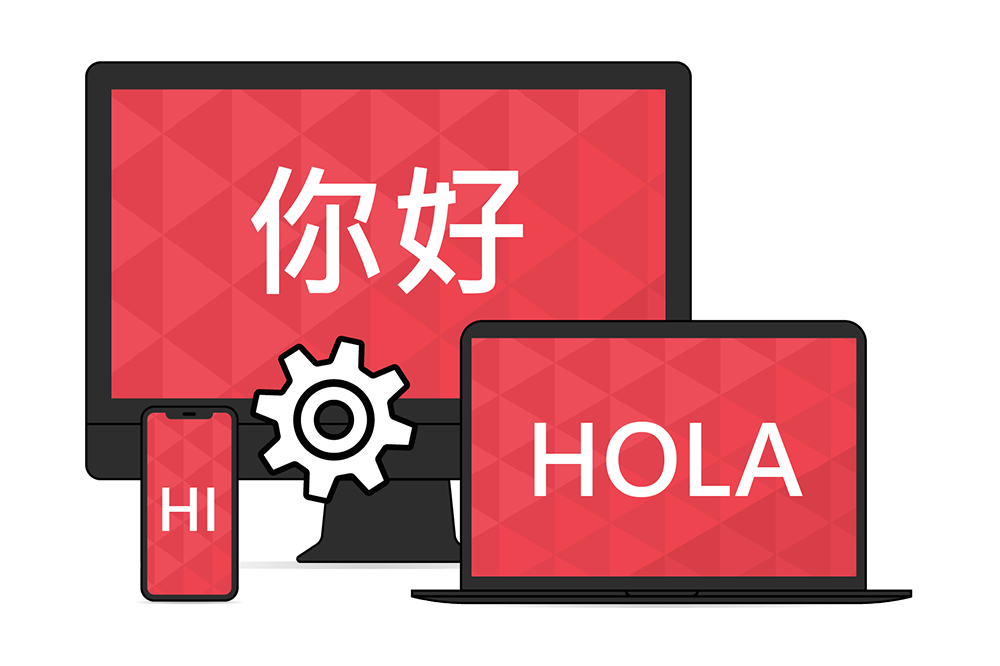
A couple of years ago, neural machine translation stepped into the limelight. Using deep learning, the quality of machine translation has increased substantially and will keep increasing in the future. Yet, how do we measure actual ‘improvement’ in the quality of machine translation outputs? How can we ensure that the output from a machine translation […]
Machine Translation Gateway – Engine Advisory Results
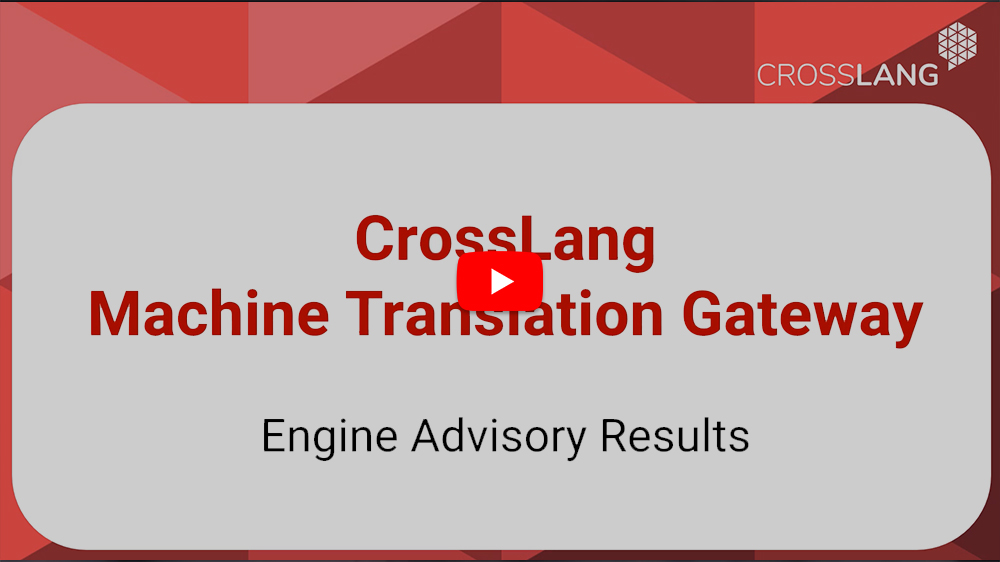
How do you interpret scores generated by the CrossLang MT Gateway? Have a look at our new video to learn more!
Machine Translation Gateway – Engine Advisory
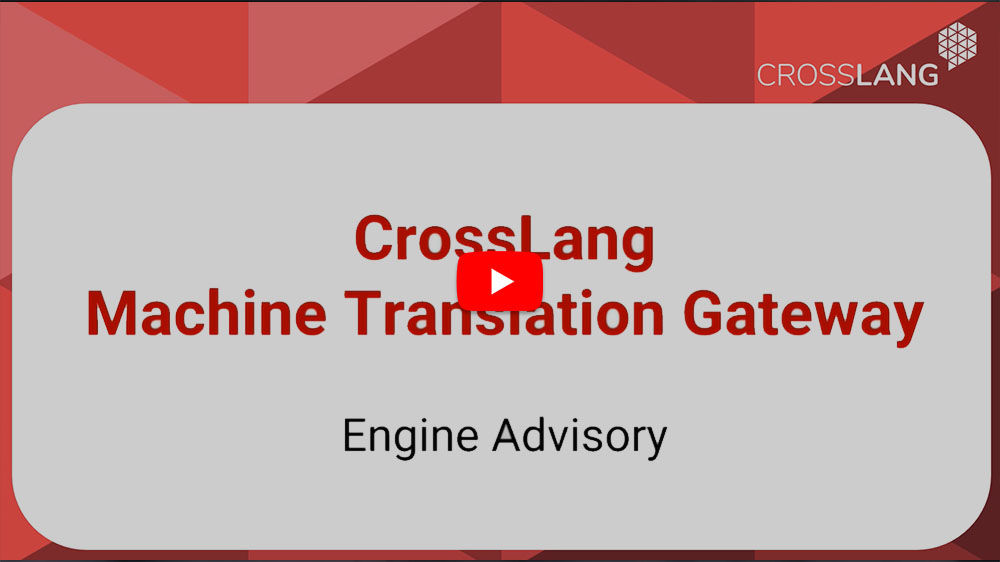
The CrossLang Machine Translation Gateway has a built-in engine advisory which selects the best MT engine for your domain and language pair. How does it work? Find out here! https://www.youtube.com/watch?v=Enu4EbEzGVA
Operas

In the framework of the Translations and Open Science project of the OPERAS infrastructure, we fine-tune and evaluate machine translation systems for scholarly communication.
AI4Europeana
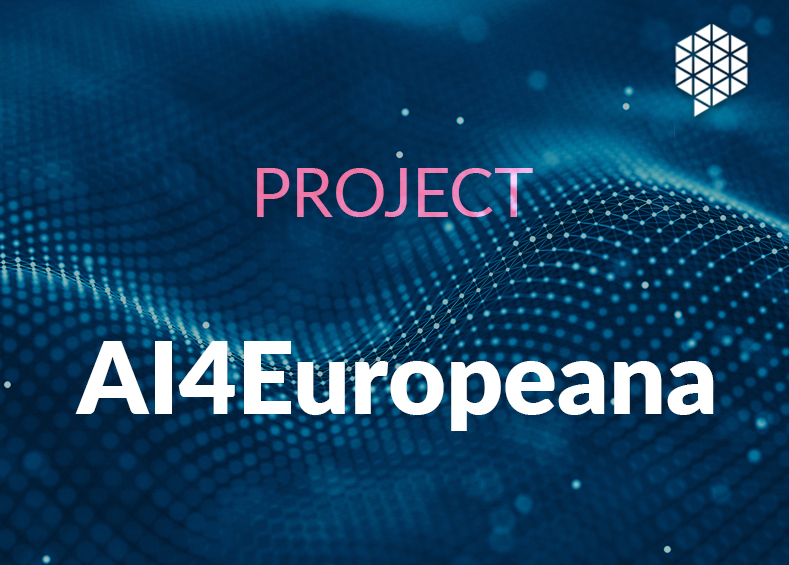
The AI4Europeana consortium will develop the AI4Culture platform which will offer access to a pool of AI-related resources.
ELRC
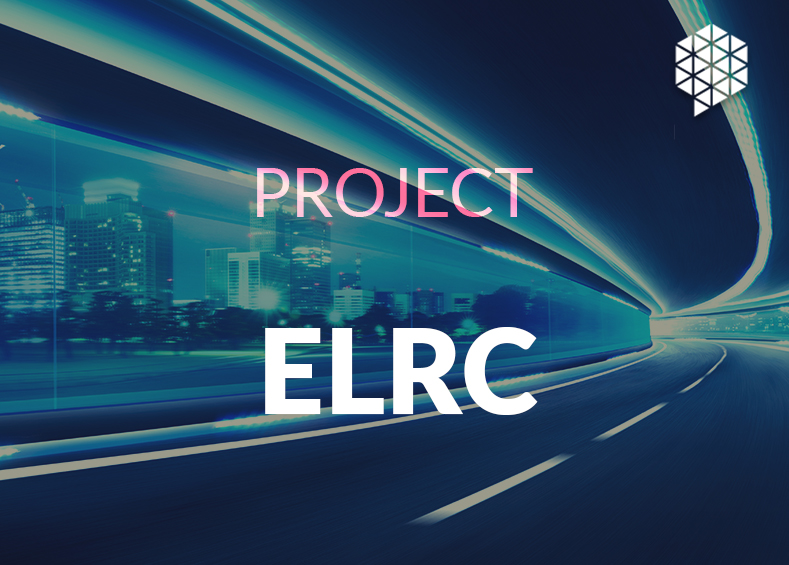
The ELRC (European Language Resource Coordination) action aims at minimising language barriers across the EU.
RCD

The project develops the RCD (Regulatory Concept Dictionary) application for DG FISMA.
APE-Quest

The APE-Quest project develops a Quality Gate for obtaining an acceptable translation quality in a shorter amount of time and at a lower cost than in a traditional translation workflow.
CEFAT4CITIES

The CEFAT4Cities project creates technology enabling EU citizens to use multilingual services in the area of smart cities.
MICE

The MICE project delivers a middleware layer that improves a customised machine translation (MT) system or connects to the CEF eTranslation MT system.
OCCAM

OCCAM develops software integrating image classification, translation memories, optical character recognition and machine translation to support the automated translation of scanned or handwritten documents.
Anonymisation and Machine Translation

What happens when an anonymised text is processed automatically? Read our blog to learn more about how MT deals with anonymised content.

